Cotton Seed Cake, Dried Bread And Substandard Feeds Are Potential Source of Aflatoxins
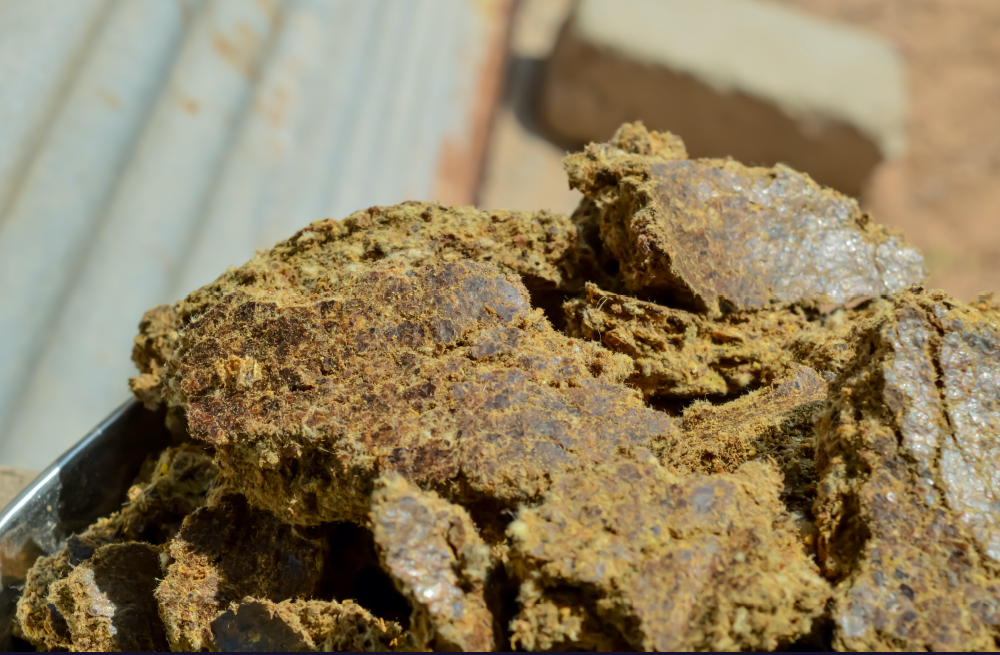
Every farmer wants to get the best from their cattle. For that, various types of feeds (like fodder, roughage and concentrate feed), techniques and diverse tools are used. The most important part of all these activities is the provision of well-balanced feed. Feed is a basic component of life. Feed quality is as important to animals as it is to humans. In successful and profitable dairy farming, adequate feed is of paramount importance. Good nutrition plays a key role in improving not only the milk production but also animal health and body condition score. On the other side, poor quality and substandard feed affects the productivity and health of animals, which can cause irreparable loss to animals as well as humans.
Animals need a quality and balanced diet for optimal performance in terms of health and productivity. The use of fodder only does not meet all the nutritional requirements of the animal. In Pakistan, farmers use cotton seed cake (Khal Banola), rape seed cake (Khal Sarson) and concentrate feed (Wanda). The majority of farmers use cotton seed Cake instead of concentrate feed because the cost of cotton seed cake is apparently less than concentrate feed, but the consequences are quite the opposite.
Although cotton seed cake is a source of protein but deficient in energy and minerals, which do not meet the daily nutritional requirements of animals. While concentrate feed is a mixture of various commodities and other industrial and agricultural products that makes it a balanced diet. Cotton seed cake is a substandard byproduct and is highly contaminated with aflatoxin. The use of cotton seed cake adversely affects the health of animals and the toxins released in milk can seriously affect human health along with animals.
Animals need a quality and balanced diet for optimal performance in terms of health and productivity. The use of fodder only does not meet all the nutritional requirements of the animal. In Pakistan, farmers use cotton seed cake (Khal Banola), rape seed cake (Khal Sarson) and concentrate feed (Wanda). The majority of farmers use cotton seed Cake instead of concentrate feed because the cost of cotton seed cake is apparently less than concentrate feed, but the consequences are quite the opposite.
Although cotton seed cake is a source of protein but deficient in energy and minerals, which do not meet the daily nutritional requirements of animals. While concentrate feed is a mixture of various commodities and other industrial and agricultural products that makes it a balanced diet. Cotton seed cake is a substandard byproduct and is highly contaminated with aflatoxin. The use of cotton seed cake adversely affects the health of animals and the toxins released in milk can seriously affect human health along with animals.
Aflatoxins
Aflatoxins are mycotoxins produced by many various types of fungi such as Asperigillus. These fungi are produced naturally and contaminate a large number of feedstuffs (especially cottonseed, maize, grains, cereals and peanuts) and food. There are many types of aflatoxins. M1 and M2 are main types of aflatoxins found in milk. Aflatoxins cause various toxic effects on plants, animals and humans.
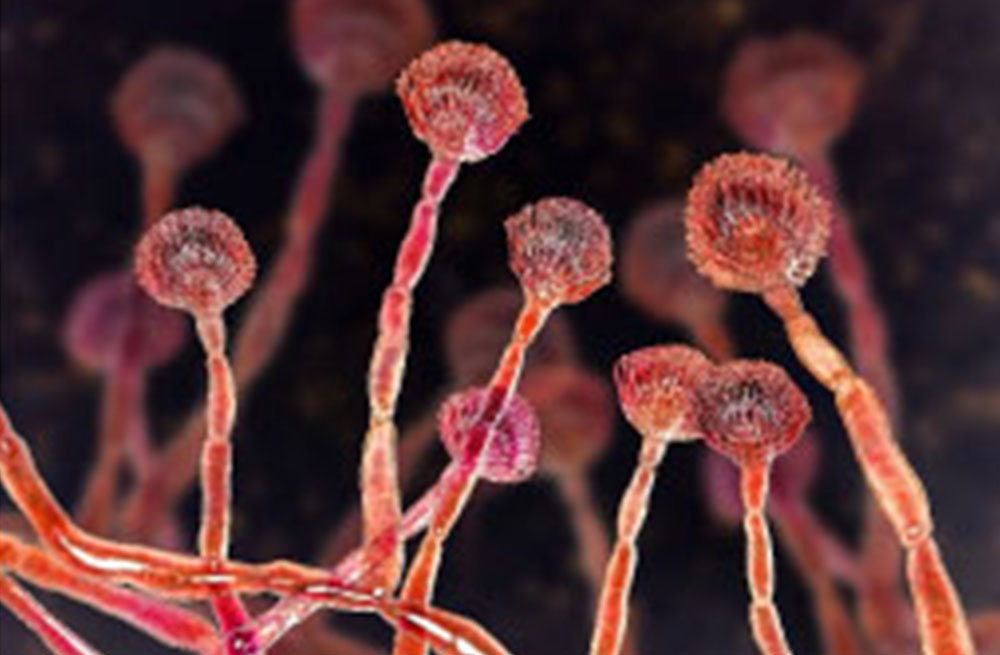
Sources of Aflatoxins
Fungi (Aspergillus) are the major sources of aflatoxins. Aflatoxins are found in various grains, oilseeds, nuts and cereals, which can contaminate products in the field, or during harvest, transport and storage. Aflatoxins contamination is commonly by the result of inappropriate storage. High temperature, high humidity, drought stress and inappropriate storage are favorable for fungi (Aspergillus) growth. Cotton seed cake, dried bread and substandard fodder and other feed stuff are also are the most common sources of aflatoxins in the milk. Low quality corn silage may also be a source of aflatoxins, because of improper ensiling process and tools.
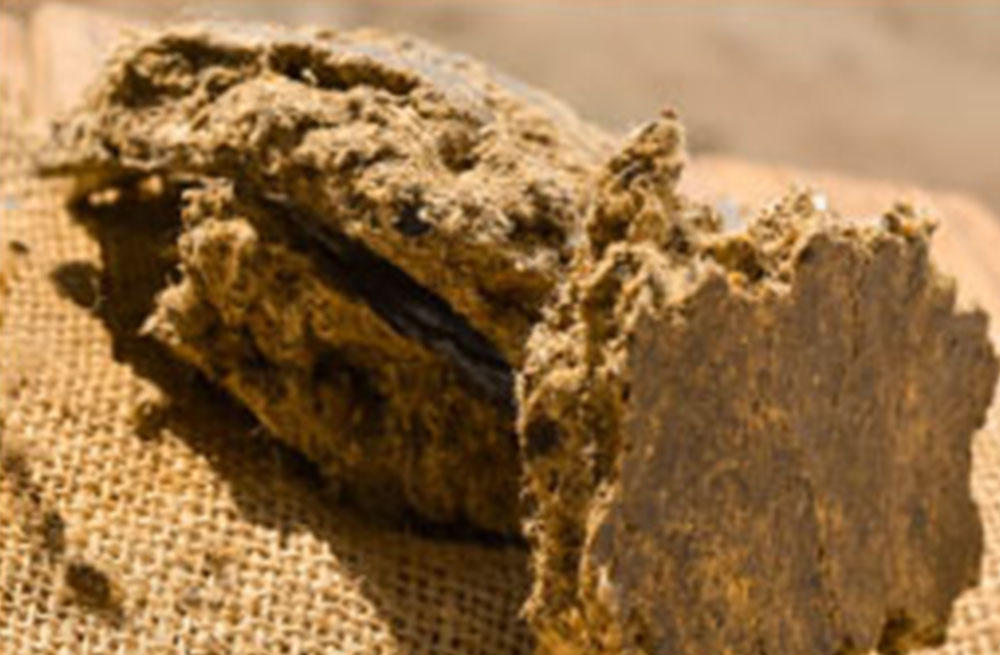
Aflatoxins’ adverse effects
Aflatoxins are highly toxic to livestock and humans, which can seriously impair the growth, productivity and reproductive efficiency of animals. Low feed intake, decreased feed efficiency and reduced growth rate are the primary symptoms of aflatoxins. As well as liver and kidney damage, along with low production, breeding issues, prolapse, lameness, listlessness, rough hair coat, weight loss, diarrhea and reproductive disorders may occur.
Aflatoxins are a serious health risk to humans as well. Aflatoxins may affect the liver and kidneys, as well as other organ systems. Children are at higher risk than adults being poisoned by aflatoxins. IN children aflatoxins lead to retarded mental and physical growth in children. Aflatoxins may leads to Aflatoxicosis and cause liver cancer that can be life threatening.
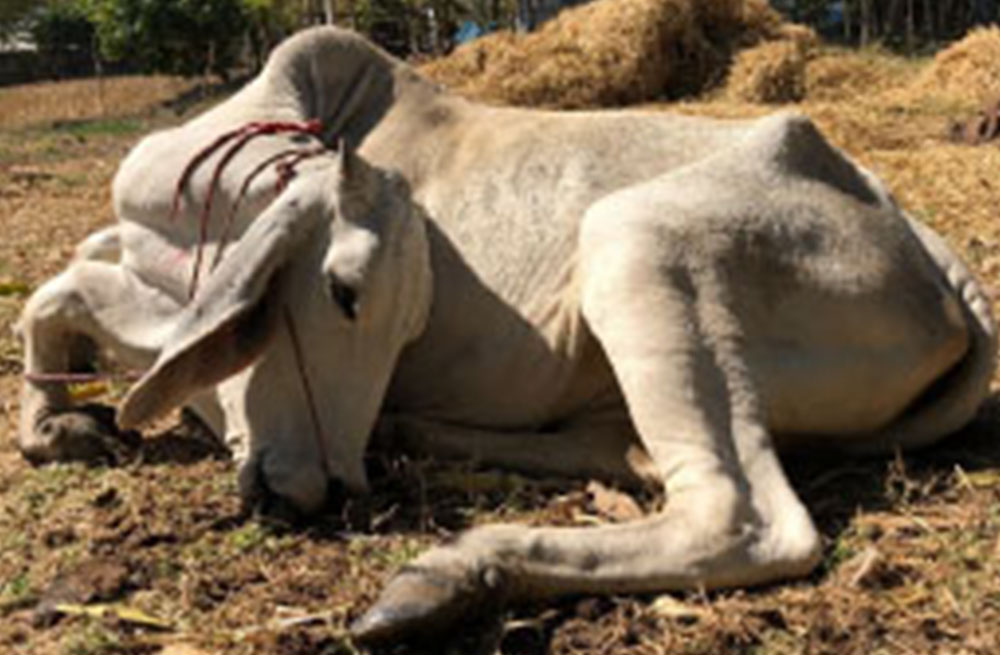
Aflatoxin Control
Adequate preventive measures are mandatory for pre- and postharvest and during storage. Pre-harvest, aflatoxin contamination controlling is through enhancing the crop resistance against fungal infection trough through genetic engineering of crops or plant breed development. However, these type of practices are laborious and time consuming. Effective, sustainable and universally applicable strategies are still needed.
We here at Dasan Feeds have strict quality controls from purchase of raw material till manufacturing of Dasan Feeds. Along with other quality test we strictly monitor aflatoxins during different steps of raw ingredient sourcing, storage and production.
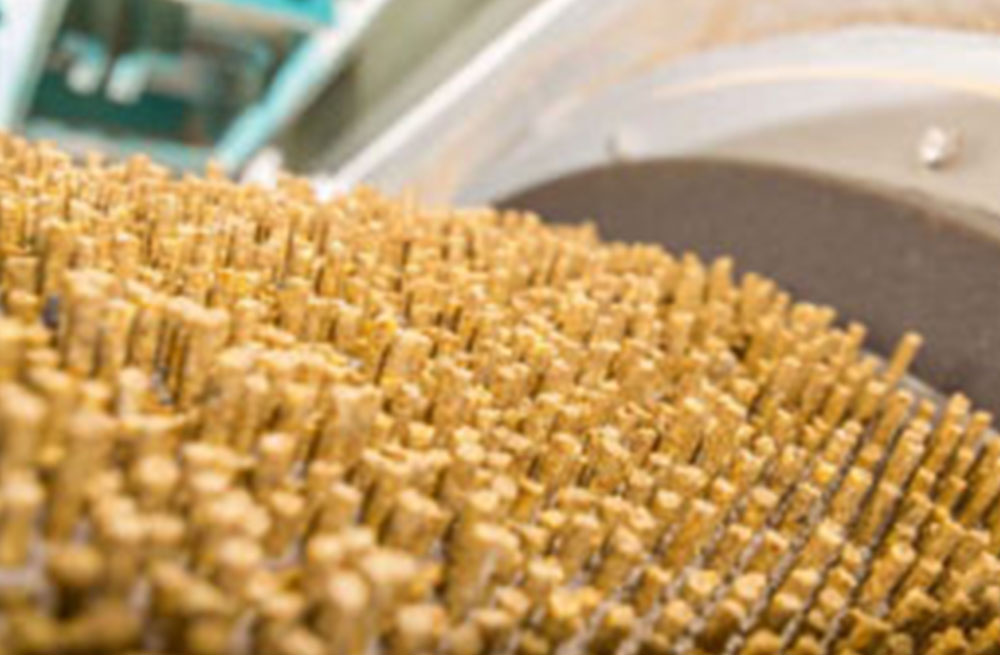
Useful tips
The following tips and precautionary measures can be adopted to reduce aflatoxin contamination.
- Cut the crop at the appropriate time (when the moisture content of the crop is 14% for grains and 65% for silage.)
- Choose a variety of crop that have better resistant against Fungi
- Press the silage as much as possible and use polythene sheet to make it air tite.
- Install proper ventilation system in the warehouse.
- Place Dasan Wanda / Commodity sacks on wooden planks (4 to 6 inches above the ground) so that the sacks do not touch the ground and also make sure that the sacks do not stick to the walls)
- Clean the store / warehouse regularly.
- Protect the store / warehouse from rats and other harmful insects.
- Clean the feed mangers daily and dispose of leftover food in the proper place.
Dasan feeds provide one window solution by providing a wide range of concentrate feed and silage. All products are safe and quality tested. At Dasan Feeds, from the selection of raw materials to the finished products, strict quality measures are taken and all products are thoroughly analyzed to meet the national and international standards that ensure the supply of quality and safe feed on your farm.
The conclusion is, aflatoxin contaminated, substandard food or feedstuff (Cotton seed cake, bread and fungal silage etc.) should not be fed to young livestock and to lactating animals.
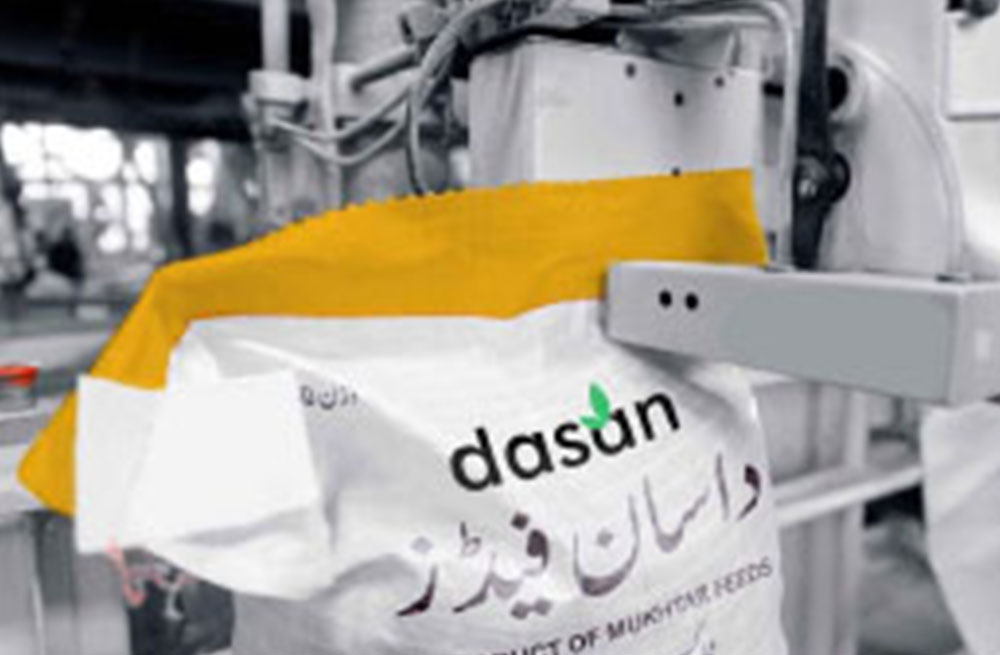
For more information and guidance, contact Dasan Feeds’ nutrition experts today, otherwise it could endanger your life and the lives of your animals.
